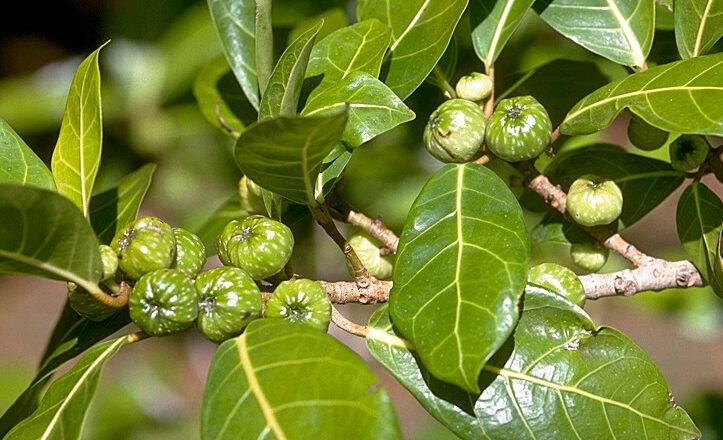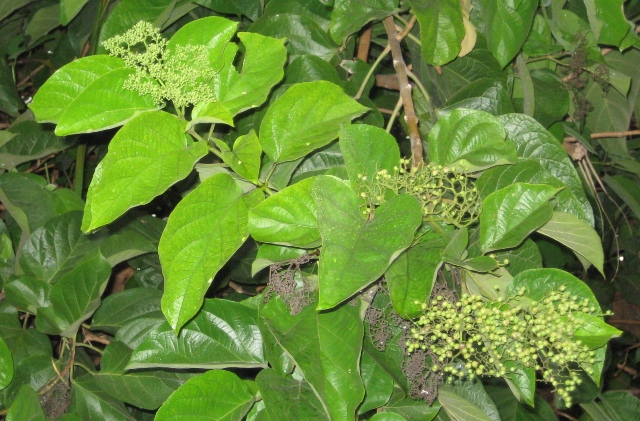
Manunggal: 12 Health & Medicinal Benefits of Quassia Indica and Side Effects
Discover the hidden secrets of nature's medicine cabinet with Quassia indica! This powerful plant, also known as Manunggal, is bursting with health benefits that have been used for centuries. From its scientific name to its distinctive taste and appearance, we'll delve into all you need to know about this incredible herb. Join us on a journey of exploration as we uncover the numerous uses, applications, and medicinal benefits of Quassia indica, along with a few side effects to be aware of.
What is Manunggal
Manunggal plant, scientifically known as Quassia amara, is a remarkable plant native to the tropical regions of South America. Belonging to the Simaroubaceae family, it is commonly referred to as Manunggal in Negros Occidental, Philippines, or bitter wood. This evergreen shrub can gro...






